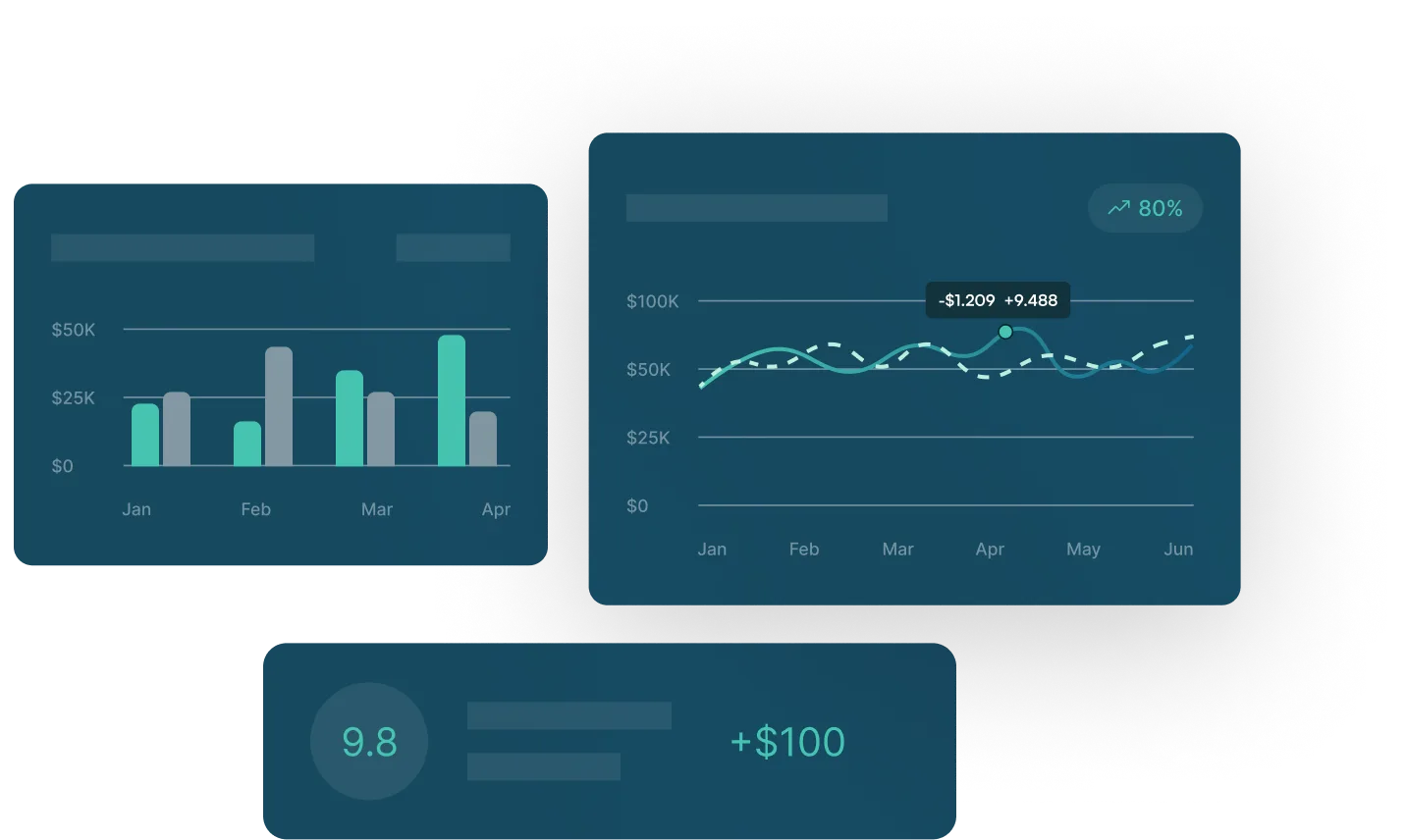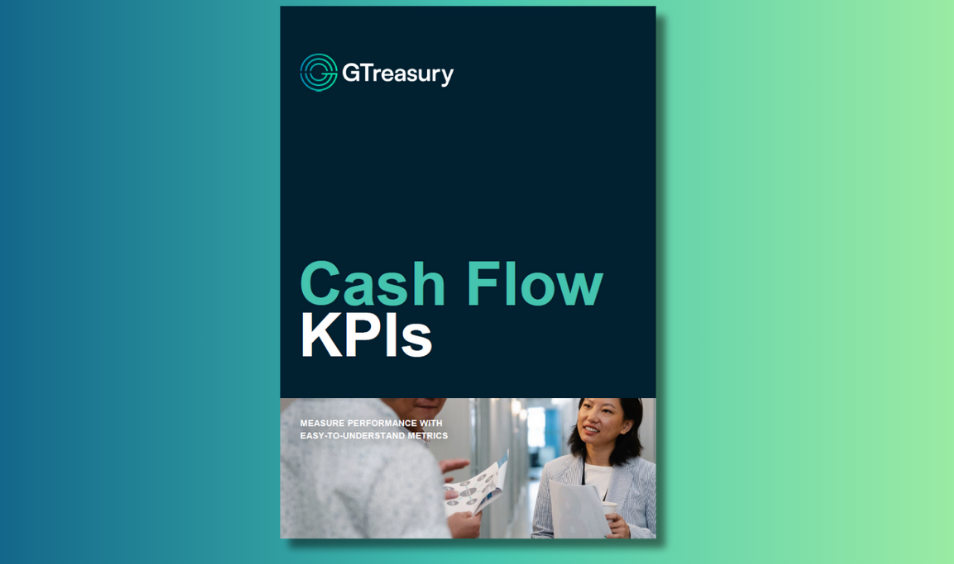expert resources
Resource Library
Explore Success Stories


Subway
GTreasury helped Subway transform treasury operations, achieving 98% cash visibility and automating 90% of payments while consolidating bank accounts for significant savings.


Christian Louboutin
Christian Louboutin implemented GTreasury's Coprocess netting solution, saving over €400k in the first year while improving intercompany transfer visibility and management.

Explore Articles


3 Steps to Achieve Seamless Cash Flow Management with a Cash Management Solution
Discover the top 3 steps to achieve more efficient cash management with a modern cash management solution.


Top Methods of Measuring Cash Forecasting Accuracy
Explore the top two methods of measuring cash forecasting accuracy with GTreasury Forecasting in our latest article.


The Risk Management Wake-Up Call for 2025: Tariffs, Rates, and Reality
Discover how treasury teams can replace outdated, manual processes with automated risk management tools like GTreasury to gain real-time visibility, reduce costly mistakes, and stay audit-ready in the face of economic uncertainty.

Explore Videos

.png)
5 Ways to Use CashAnalytics
Discover how CashAnalytics, integrated with the GTreasury platform, can enhance your cash forecasting strategy. Watch our on-demand webinar, “5 Ways to Use CashAnalytics,” to learn how to automate and improve accuracy in cash flow forecasting, integrate bank and ERP data, and drive continuous improvements. Hosted by experts Evan Ryan and Neal Cooper.

.png)
Regulatory Changes to Onshort Domiciled Money Market Funds
Learn how upcoming regulatory changes to onshore domiciled money market funds will impact your financial strategies. Watch our on-demand webinar, “Regulatory Changes to Onshore Domiciled Money Market Funds: A Discussion with Goldman Sachs Asset Management,” for insights on regulatory timelines, market impacts, and best practices for navigating these shifts.

Explore Product Information


Banking
GTreasury's comprehensive banking solution automates documentation, streamlines audit preparation, and enhances bank fee analysis — all from a single, secure platform.

.png)
Cash Visibility
Gain real-time cash visibility with GTreasury—centralize cash management, optimize liquidity, automate reconciliation, and make data-driven financial decisions.


Cash Forecasting
Optimize cash forecasting with GTreasury—gain real-time insights, automate cash flow analysis, and enhance liquidity management with AI-powered precision.

Explore Reports


Cash Forecasting Accuracy Measurement
Read this practical guide to measuring cash forecast accuracy, offering targeted approaches, calculation methods, and examples to improve treasury forecasting precision.


Building the Business Case for Better Cash Visibility
Download GTreasury's 6-step guide to building a winning business case for better cash visibility. Learn how to quantify risks, costs, and benefits of moving beyond spreadsheets to gain executive approval for treasury management technology that drives strategic financial decisions.


Cash Forecasting in Multinational Organizations
Download GTreasury's guide to mastering cash forecasting in multinational organizations. Learn strategies to centralize visibility, automate data collection, and optimize liquidity across global operations—enabling treasury teams to support strategic financial decisions with accurate, real-time cash position data.

See GTreasury in Action
Get connected with supportive experts, comprehensive solutions, and untapped possibility today.























.jpg)















